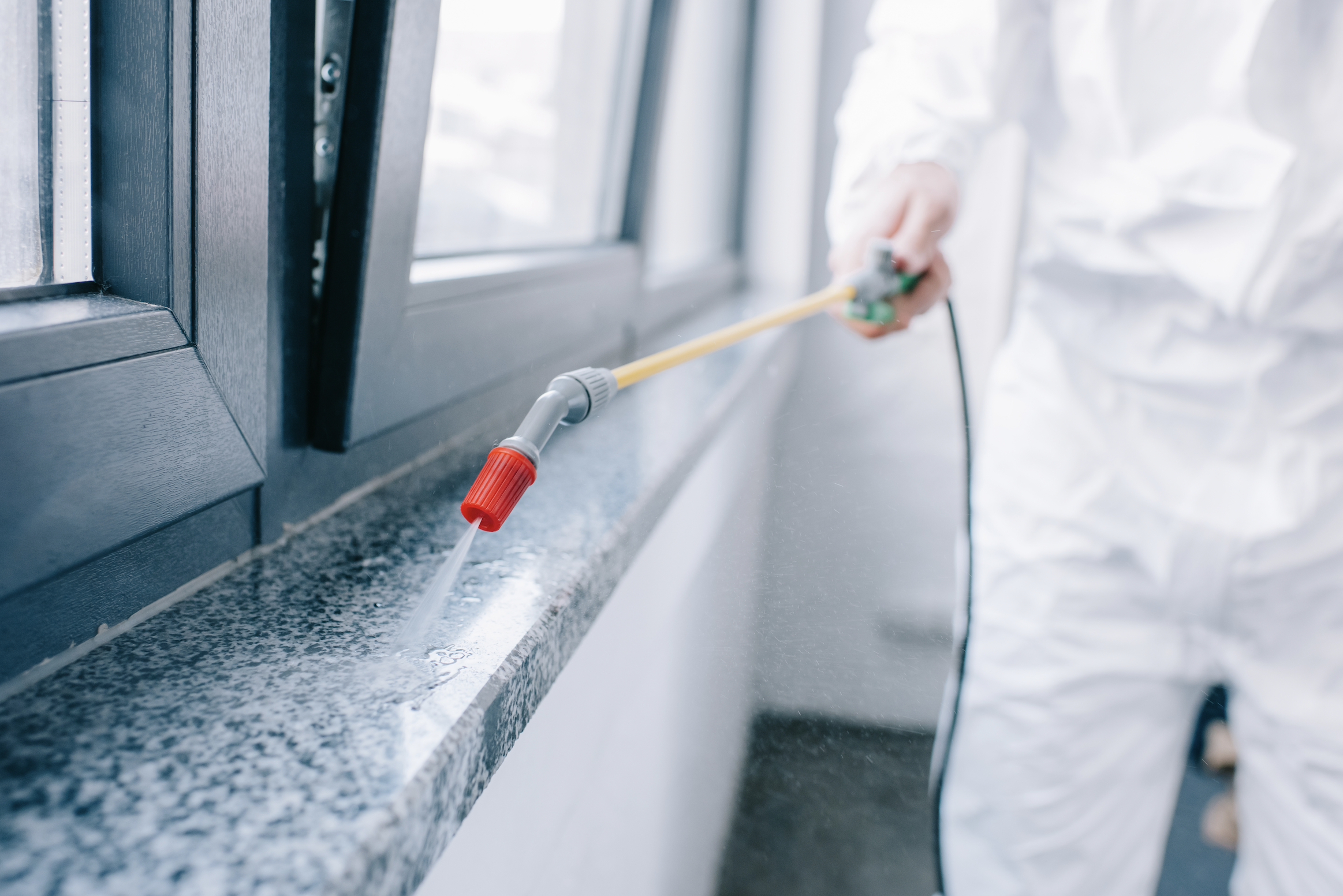Cooler weather is on the horizon in South Carolina, finally. You will notice an increase in certain types of insects both indoors and outdoors. Therefore, South Carolina pest control companies, like Exclusive Pest will have their hands full with numerous appointments to keep homes free of the common bugs in the fall.
Stink Bugs
There are different types of stink bugs in the United States but the most common stink bug is the marmorated. This brownish color of the marmorated is similar to a tree trunk and its shape resembles a tiny shield. The adults can fly and their length and width are about ¾ inches. These common bugs in the fall are overall harmless but have a nasty liquid in their abdomen that smells horrible and stains fabrics.
Boxelder Bugs
Another one of the common bugs in the fall, boxelder bugs. They are more of an annoyance because they flee inside when the weather begins getting cooler. They push themselves into cracks and other openings in homes. They often congregate around windows on the southern and western sides of a house where it is warm. These critters don’t cause damage to property, but they do sometimes stain surfaces and can be a hassle to deal with in large quantities.
Multicolored Asian Lady Beetles
The ladybugs you find in your home are known as multicolored Asian lady beetle. Lady beetles are frequently found in the fall in residential areas in South Carolina. There have been reports of thousands of these beetles congregating on outside walls, windows, doors, porches, and decks, on the sunny south or west side of buildings. These beetles can get inside and are a huge inconvenience. The shape of these beetles is oval, ¼ inch long, 3/16 inch wide, yellow to orange to red, and may have black spots on their bodies.
Rodents
The fall months provide colder weather outside for rodents so they are ready to invade your residents for nesting. They usually invade attics, garages, and foundations of our homes and commercial buildings. People who live near wildfire areas have experienced an early influx of these pests because of flames in woods and fields.
There are two common types of rodent invaders: mice and rats. The roof rat is smaller in size, averages 5 to 10 ounces in weight, gray to white in color, with long ears and a black tail as long as its body. The Norway rat is larger, weighing 7 to 18 ounces, grayish in color, and with shorter ears and tail than the roof rat.
Keep Common Bugs in the Fall Out
None of us want to share our homes with the common bugs in the fall, it is important to protect your home and your family. Be sure to keep your windows screened throughout the summer months and check your screens frequently for any holes or gaps where insects could enter. Look for cracks under doors and around windows with weather stripping. If you find cracks be sure to seal them quickly. Keep food sealed and put away, trash sealed, and pick up around your home to avoid areas for bugs to find shelter and food in your space. Additionally, keep your bushes cut and away from your home, to prevent insects from breeding in the vegetation.
Contact Us
Are some of the common bugs in the fall invading your home? Call us today to treat your home with chemical insecticides and discover the source of the insets entry. We have a team of professionals who can make your home bug-free. Call (843) 461-5169 or contact us to schedule an appointment.




